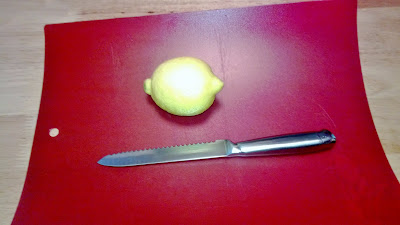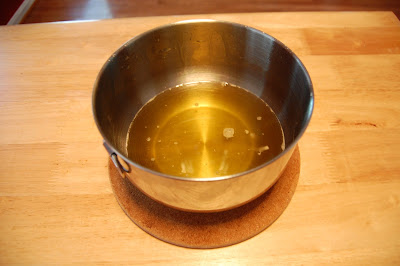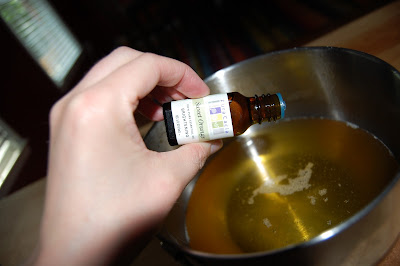I really need to get better about moisturizing. I'm usually good about moisturizing my face since finding crow's feet and waging a full on war against the inevitable signs of aging. The rest of me remains largely ignored and unmoisturized...until now! I found this great DIY recipe for body butter at Rawmazing and decided to try it.
Here are the ingredients I needed:
1/2 Cup of Coconut Oil
Essential Oil (any that is skin friendly)
While I boiled some water.....
I combined the cup of shea butter and 1/2 cup of coconut oil in another pot.
When the bottom pot was boiling, I placed the top pot with the shea butter and coconut oil on top to melt. I realized earlier that I didn't have a double boiler so I MacGyvered these two pots and it worked just fine.
The coconut oil melted quickly, the shea butter took a few minutes longer as I stirred it around to get the little pieces to melt.
Once both the shea butter and coconut oil melted, I took them off the heat and let the bowl sit for about 30 minutes.
After 30 minutes I added the 1/2 cup of almond oil...
Then I added the essential oils I wanted (Lemon, Sweet Orange, & Grapefruit).
~ You can used any essential oils you wish. I'm probably going to use lavender on my next batch and peppermint for a winter version. Just make sure the essential oil you use is skin friendly.~
The next step is to freeze it until partially solidified. I put it in my
freezer for about 22 minutes.
As you can see, my husband has a love/hate relationship with Omaha Steaks (you've never heard such wheeling & dealing as when he is on the phone with them) and I have a love/love relationship with ice cream and bacon (not together, though I may need to think that one through....)
After the 20 or so minutes here is what it looked like:
I used my hand mixer to whip it into a fluffy butter type substance.
I had a mason jar handy but you can use any clean, glass jar.
I have many clean, recycled jelly/jam jars I'm planning to use if I end up giving some body butter as a gift, but this batch is a gift to me.
It melts once it hits your skin and may feel a bit oily at first, but it absorbs nicely and leaves skin feeling soft throughout the day.
~ B

























































